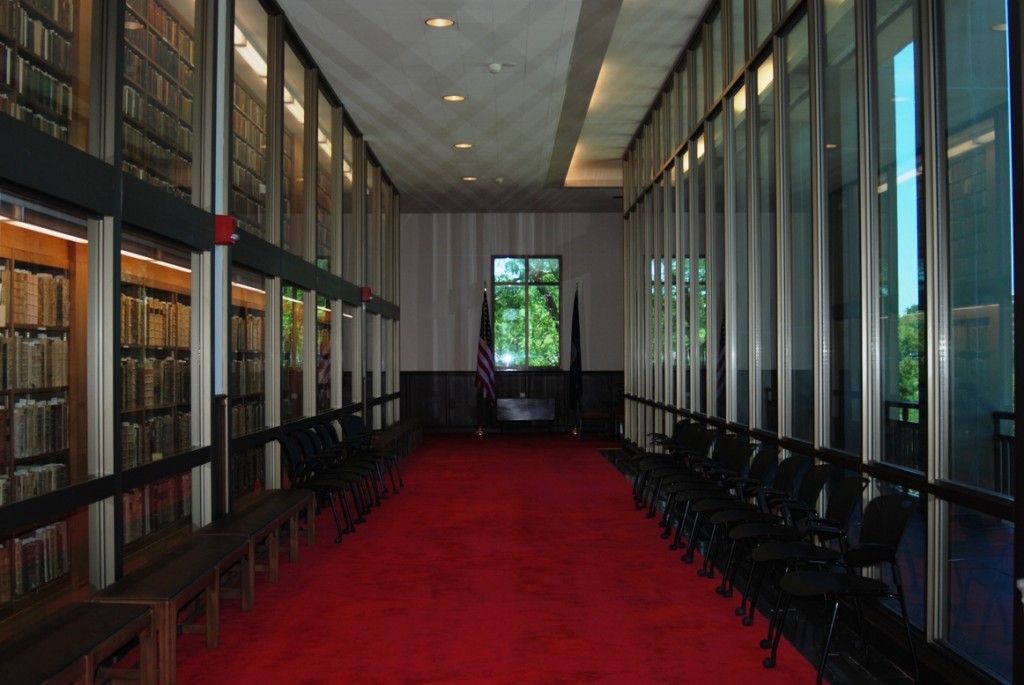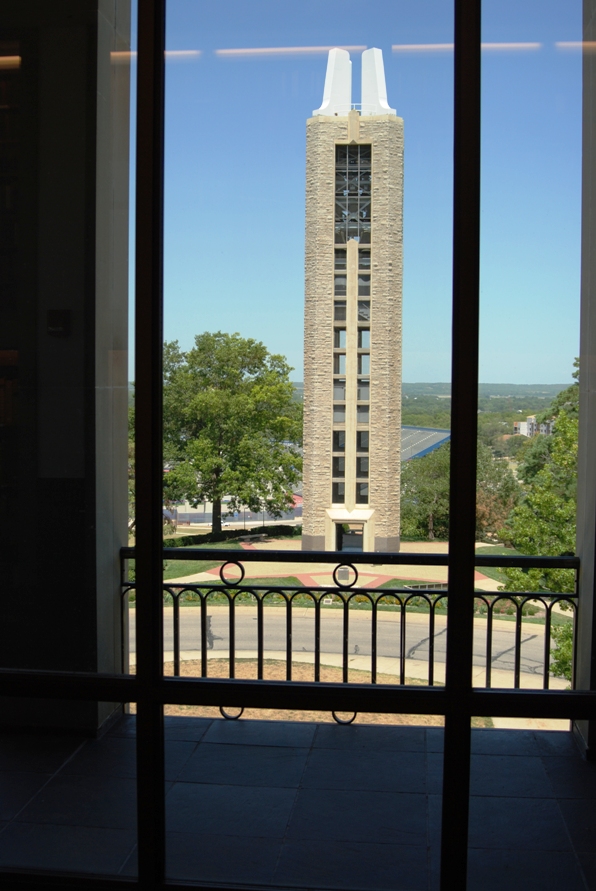Thanksgiving in Kansas (1889, 1896, 1904, and 1953)
November 21st, 2012Happy Thanksgiving from the Kenneth Spencer Research Library! As you eat your turkey (or tofurky) and pumpkin pie this holiday, enjoy a taste of Thanksgivings past from the Kansas Collection.

Above: Humphrey, Lyman Underwood (Kansas Governor 1889-1893). Thanksgiving Proclamation.
Topeka, KS: [State Printer?], 1889. Call Number: RH P872. Click image to enlarge.

Above: Pennell, Joseph Judd (photographer). Football Team Thanksgiving Day, Fort Riley. 1896.
Pennell Photography Collection. Call Number: RH PH Pennell: print 64.2: box 3: Pennell number 9401.
Click image to enlarge.

Above: Pennell, Joseph Judd (photographer). Men Gathered in 20th Battery Dining Hall, Fort Riley, for Thanksgiving
Dinner. 1904. Pennell Photography Collection. Call Number: RH PH Pennell: print 64.2: box 3: Pennell number 9401.
Click image to enlarge.

Above: Hughes, Leon K. (photographer). Graves-Williams-Dandridge Family at Thanksgiving. Wichita, Kansas. 1953.
L. K. Hughes Photography Collection. Call Number: RH PH506, box 12, folder 8. Click image to enlarge.
Want to see more? Visit the newly launched Leon K. Hughes: African American Life in Wichita Kansas online exhibition (and contribute identifications and additional information through its interactive comment feature). Browse photographs from the Kenneth Spencer Research Library in the University of Kansas Luna Insight Image Collections.
































